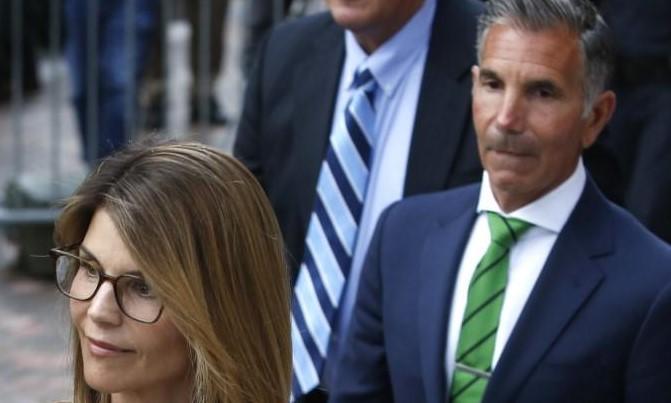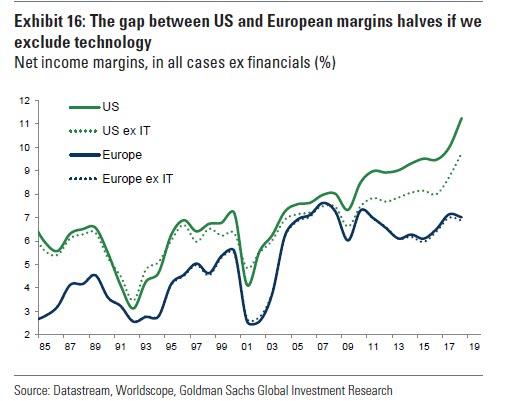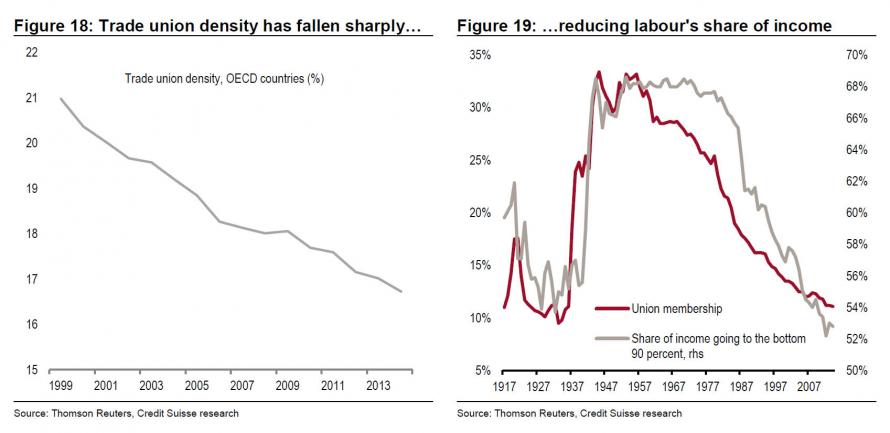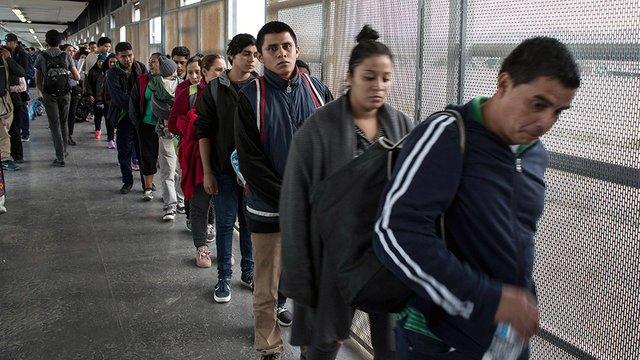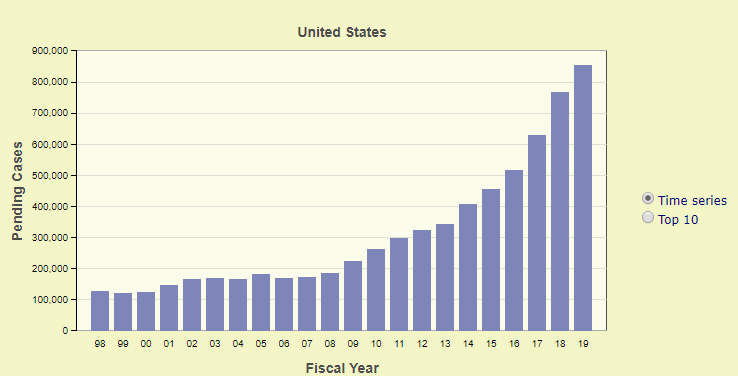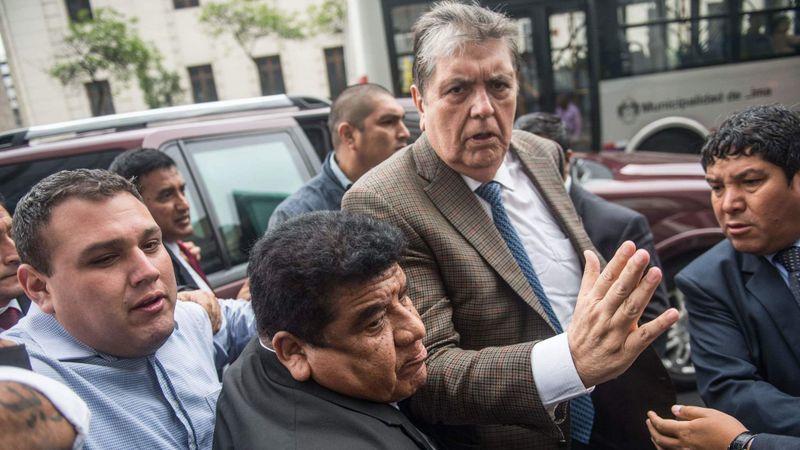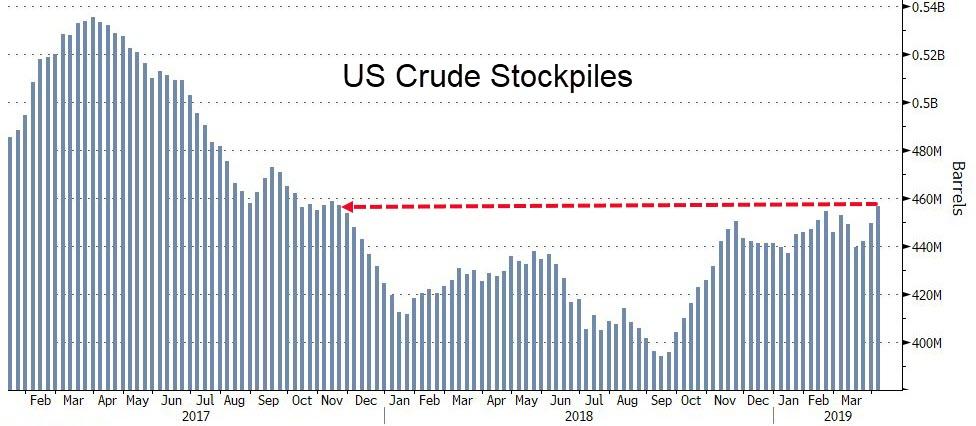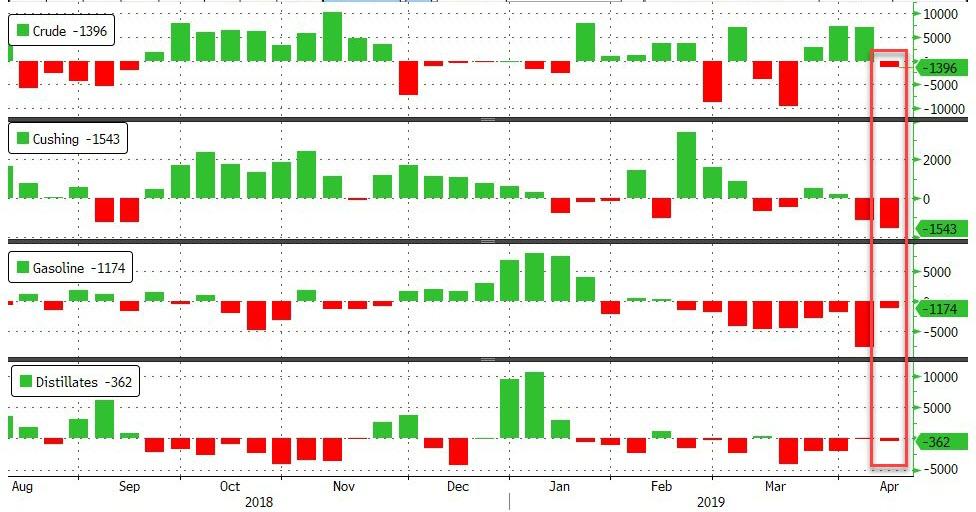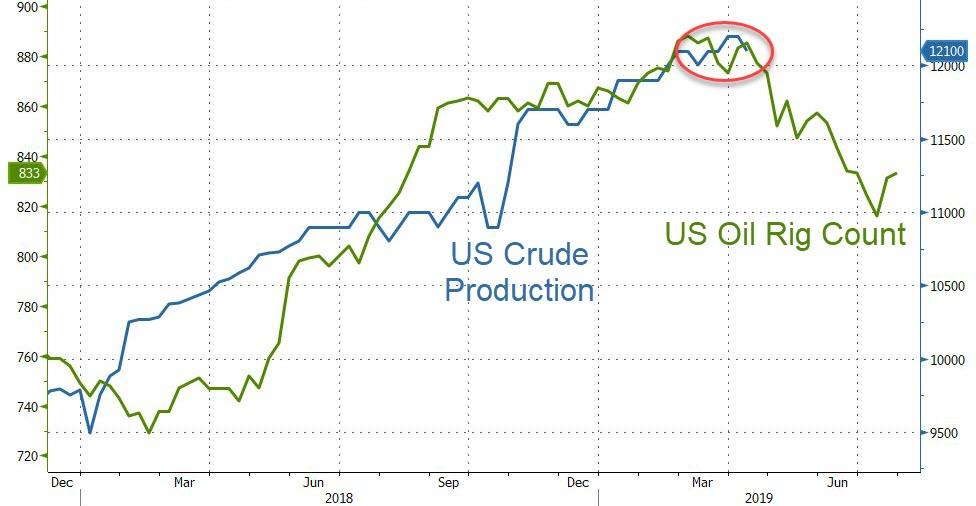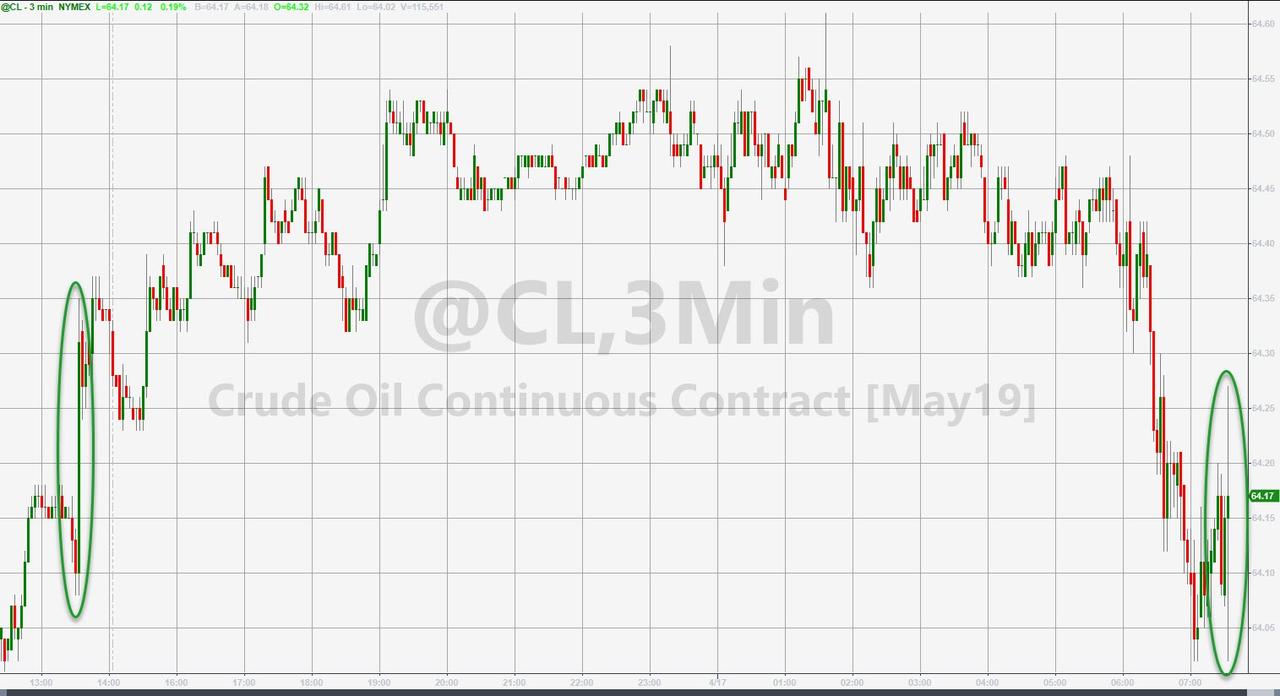[You might also read my earlier posts on the subject, Anti-Libel Injunctions and the Criminal Libel Connection, The First Amendment and Criminal Libel Law, The First Amendment and the Catchall Permanent Injunction, The First Amendment and the Specific Preliminary Injunction, and How Specific Anti-Libel Injunctions Underprotect Speech; or you can read the whole article in PDF.]
A. The Hybrid Permanent Injunction
What if, instead of saying either “Don may not libel Paula” (as in the catchall injunction) or “Don may not accuse Paula of cheating him” (as in the specific injunction), the injunction instead says, “Don may not libelously accuse Paula of cheating him”? Like the specific injunction, the injunction has a narrow chilling effect. But like the catchall injunction, the injunction requires that Don not be punished for criminal contempt unless, at the contempt hearing, his speech is found to be libelous. Thus, we have this comparison:
| Catchall permanent injunction: “Don may not libel Paula” |
Specific permanent injunction: “Don may not accuse Paula of cheating him” |
Hybrid permanent injunction: “Don may not libelously accuse Paula of cheating him” |
| Deters derogatory speech only about the plaintiff |
Same |
Same |
| Deters derogatory speech only after the injunction is entered |
Same |
Same |
| Deters all derogatory speech about the plaintiff |
Deters only particular derogatory statements about the plaintiff |
Deters only particular derogatory statements about the plaintiff |
| Speech punished only if found to be false beyond a reasonable doubt |
Speech punished based on finding of falsehood by preponderance of the evidence |
Speech punished only if found to be false beyond a reasonable doubt |
| … at a criminal trial where an indigent defendant would have a court-appointed lawyer |
… at a civil hearing where an indigent defendant would generally not have a lawyer |
… at a criminal trial where an indigent defendant would have a court-appointed lawyer |
| … and where finding is by jury, if judge provides that any criminal contempt trial will be before jury |
… and where no jury would be present |
… and where finding is by jury, if judge provides that any criminal contempt trial will be before jury |
| … and prohibits only future statements that are libelous when spoken |
… and prohibitions future statements even without a showing that they are libelous when spoken |
… and prohibits only future statements that are libelous when spoken |
As with the catchall injunction, the hybrid injunction thus just opens the door to the possibility of criminal punishment for continued libels; it doesn’t purport to authoritatively decide that a particular statement is libelous, but leaves the matter to the jury in any future criminal contempt prosecution. But unlike with the catchall injunction, the hybrid injunction only opens that door for particular statements, and thus has less of a chilling effect.
In a sense, then, the hybrid injunction is close to the opposite of a declaratory judgment. A declaratory judgment that a particular statement is false and defamatory, for instance, wouldn’t be a court order, and thus wouldn’t criminalize any repetition of the statements; but it would conclusively decide that the statement is false and defamatory, in a way that likely has a binding effect on future civil litigation.-A hybrid injunction does criminalize behavior—the repetition of a particular statement—but it doesn’t conclusively decide that the statement is false and defamatory, at least in any way that would bind the jury in any future criminal contempt hearing.
Let’s be a bit more specific about what the hybrid injunction should say.
First, it should ban only “libelous” repetition of certain statements. Any injunction that lacks this extra element should be seen as unenforceable—or, alternatively, courts could hold that such an element is necessarily implicit in any anti-libel injunction.
Second, it wouldn’t hurt for the injunction to be explicit about the consequences of including this element; the injunction might expressly say something like,
If defendant is prosecuted for contempt of court for making statements that violate this injunction, at any contempt proceeding it must be proved beyond a reasonable doubt that those statements are indeed false, defamatory, and unprivileged, and that the defendant knew that they were false.
Third, the law of anti-libel injunctions should expressly provide that any criminal contempt prosecutions should be conducted with a jury, unless the defendant waives the jury trial at the time of the criminal contempt hearing. [Footnote: Without this provision, criminal contempt trials could be held without a jury, so long as the sentence is six months in jail or less.] As noted above, there is precedent for this in the Norris-LaGuardia Act, which provides for jury trial in criminal contempt prosecutions stemming from labor injunctions. The jury should be expressly instructed that it’s not bound by any prior judicial finding that the speech is libelous—a finding that was in any event made only by a preponderance of the evidence— and that its task is to decide the question for itself, beyond a reasonable doubt.
Fourth, the law of anti-libel injunctions should provide that such injunctions cannot be enforced through the threat of jail for civil contempt. Civil contempt would otherwise be a common means of coercing speakers to take down past posts, if the injunctions order such takedowns. But when it comes to libel cases, courts should require that any remedy involving loss of liberty go through the criminal contempt process, so as to enforce the principle that speakers can only be jailed for their speech if the full protections of the criminal law are provided. (Fines as civil contempt penalties should be permissible, so long as the initial injunction was issued following a jury finding that the speech was libelous; just as monetary damages awards in libel cases may be issued without the protections of the criminal justice process, so monetary sanctions for violating anti-libel injunctions may be as well.)
With these protections, hybrid anti-libel injunctions would provide speakers with all the First Amendment protections that they would have in criminal libel prosecutions. Given that criminal libel prosecutions are constitutional, such anti-libel injunctions should be as well.
B. The Futility-or-Vagueness Objection
The Texas Supreme Court has held that anti-libel injunctions were impermissible, partly because the injunctions would either be pointlessly narrow (if they are read as forbidding only the literal repetition of particular statements) or unconstitutionally vague, if read as forbidding paraphrased repetition as well. But criminal libel laws can be constitutional if they include the constitutionally mandated mens rea requirements, even though they ban all knowingly false and defamatory statements. An injunction that bans repeating, or even paraphrasing, particular statements would be less broad and less vague than those laws.
C. The Discretion Objection
Justice Scalia has argued that allowing injunctions against speech leaves judges with too much discretion. Even facially content-neutral injunctions, Justice Scalia argued, may stem from judges’ hostility to the content of the speech: Judges know the targeted speakers’ ideas and may enjoin the speakers because of those ideas, when they would not have enjoined speakers who had engaged in the same conduct but expressed other ideas. Presumably the argument would be even stronger as to anti-libel injunctions.
Yet discriminatory enforcement is possible with any speech restrictions imposed through criminal statutes: A prosecutor could, after all, apply such a statute equally selectively. Justice Scalia argued,
Although a [facially content-neutral] speech-restricting injunction may not attack content as content . . ., it lends itself just as readily to the targeted suppression of particular ideas. When a judge, on the motion of an employer, enjoins picketing at the site of a labor dispute, he enjoins (and he knows he is enjoining) the expression of pro-union views. Such targeting of one or the other side of an ideological dispute cannot readily be achieved in speech-restricting general legislation except by making content the basis of the restriction; it is achieved in speech-restricting injunctions almost invariably.
But precisely the same thing can be said about the enforcement of constitutionally permissible content-neutral statutes:
Although a [facially content-neutral] speech-restricting [statute] may not attack content as content . . ., it lends itself just as readily to the targeted suppression of particular ideas. When a [prosecutor], on the [request] of an employer, [enforces a noise regulation or a crowd size restriction] at the site of a labor dispute, he [restricts] (and he knows he is [restricting]) the expression of pro-union views. Such targeting of one or the other side of an ideological dispute cannot readily be achieved in speech-restricting general legislation except by making content the basis of the restriction; it is achieved in [enforcement of] speech-restricting [laws] almost invariably.
Yet that danger is not reason to require strict scrutiny of content-neutral speech-restrictive statutes, or of prosecutorial decisions related to such statutes. Indeed, the danger doesn’t even invalidate narrowly defined criminal libel statutes, though of course they may well be enforced (like all statutes may be enforced) in surreptitiously viewpoint discriminatory ways. The danger should likewise not require heightened scrutiny of content-neutral injunctions (as in Madsen) or of injunctions limited to forbidding constitutionally unprotected speech, such as defamation.

from Latest – Reason.com http://bit.ly/2GrFoNz
via IFTTT



